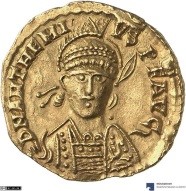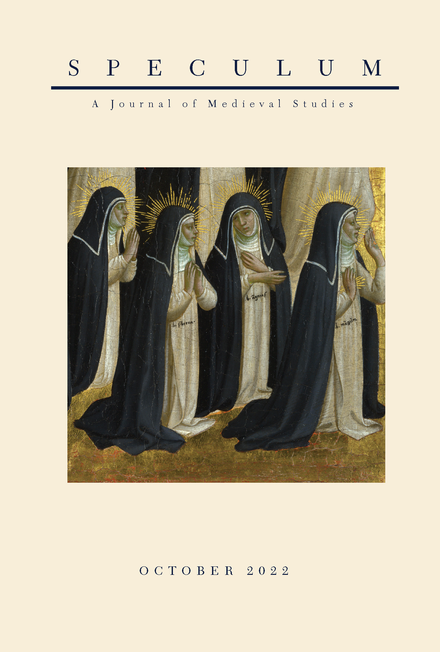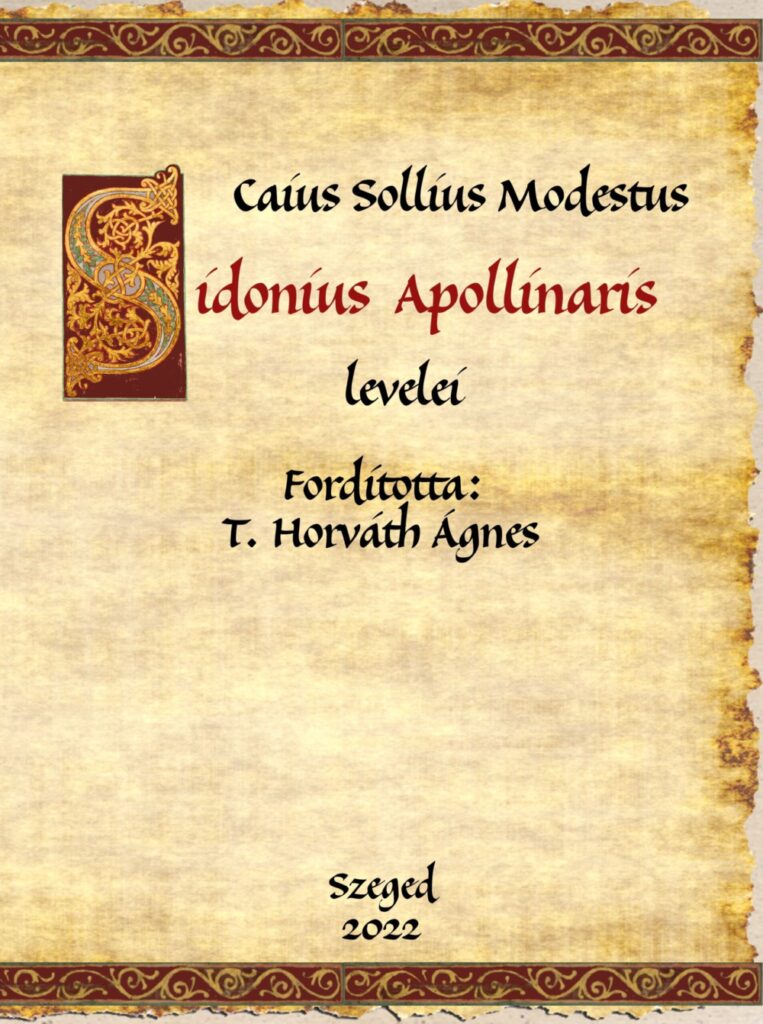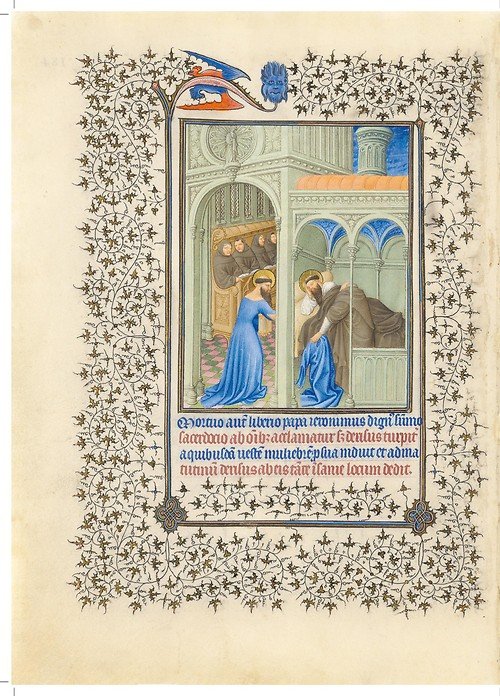Fabrizio Oppedisano published ‘Une note sur la legatio Arverna à Rome (467 ap. J.-C.)’ in Marie-Pierre Chambon et al., L’Antiquité tardive dans le centre et le centre-ouest de la Gaule (IIIe-VIIe siècles), Revue Archéologique du Centre de la France, Supplement 82, 2022, 69-75.
Abstract
At the end of 467, Sidonius Apollinaris came to Rome to bring petitions from the Arverni to the court of Anthemius. This paper aims to reconstruct the legatio and to place it within the framework of the relations between central government and provincial communities in the specific context of the last years of the Western Roman Empire.







